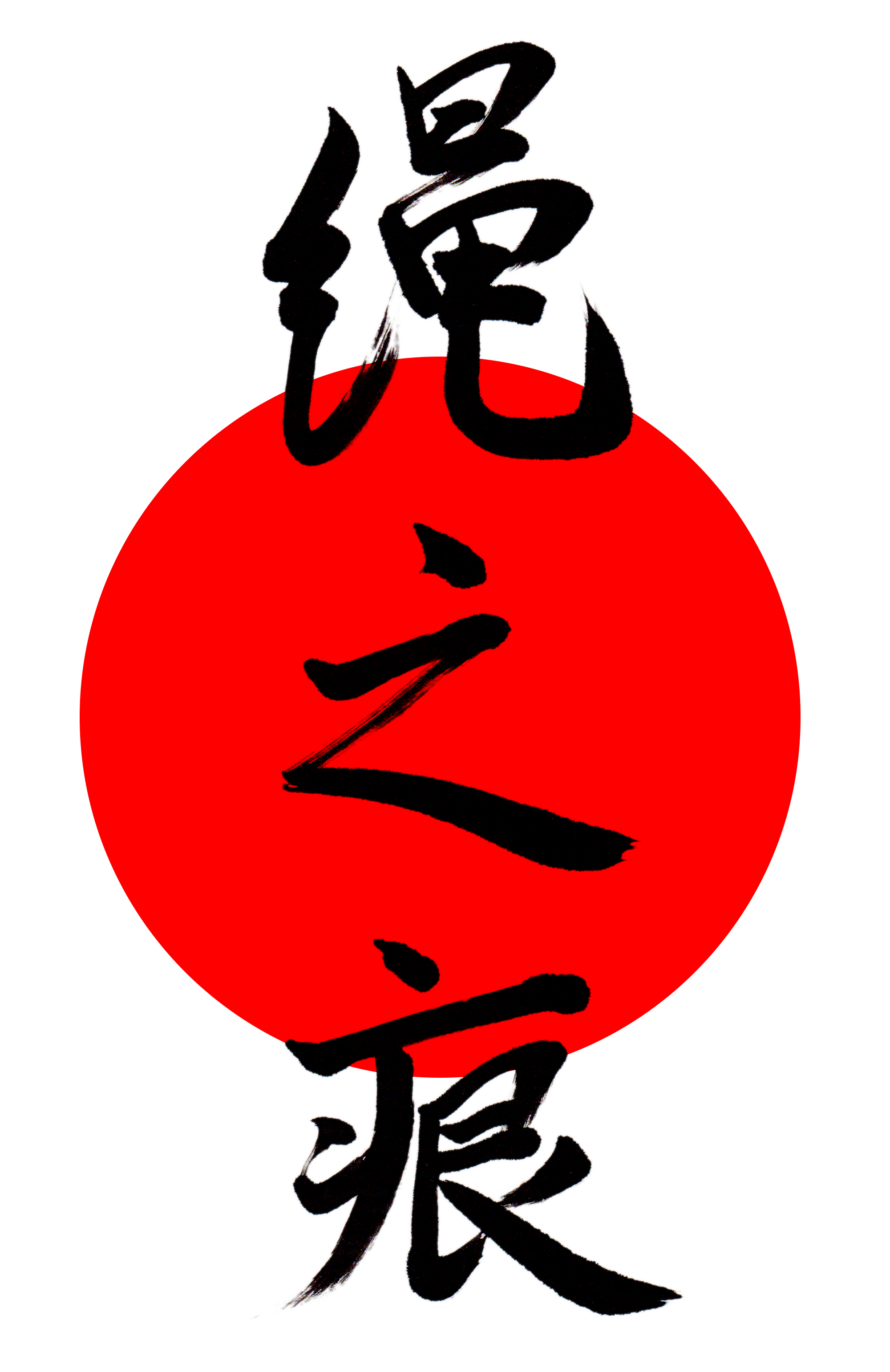Japanese: 高手小手縛り
Takate (高手) kote (小手): see below
Shibari (縛り): tie
“Takatekote” is a whole word that means “binding the arms behind the back”.
I specifically mention “whole word” because non-Japanese often try to split the word into parts for easier understanding. This is where a lot of the confusion about the name, the position and the pattern is coming from. From resources educated in the Japanese language and knowledgeable in kinbaku I learned there is basically one way to split the word (if you must) for easier understanding. That is:
Takate = upper arm
Kote = wrist/lower arm
In the context of kinbaku, in combination with the first definition, you can interpret this as “binding the upper arms and the wrists behind the back”. It is is linguistically correct to name any tie where the arms and wrists are tied behind the back a “takatekote”. There are many variations of “binding the upper arms and the wrists behind the back”. They can all be called “takatekote”. Sometimes a rigger adds extra words to describe their specific variation of a “takatekote”, for instance “hishi takatekote” if there is a diamond pattern or “ushirode takatekote” to stress that the tie happens with the arms on the back or “takatekote shibari” to stress the bondage element. Sometimes “takatetkote” is omitted entirely, for instance “ushirote shibari” where you merely say a bondage on the back. Sometimes “takatekote” is replaced for “kote” (wrists) as in “ushiro kote shibari”.
“Takate” can also be interpreted as a high position of the arms
In the context of kinbaku, in combination with the first definition, you can interpret “takatekote” as a position where the wrists are tied in a high position (at least above the underarms). With this interpretation, to specify a non-high wrist takatekote you can then use “gote shibari” or “ushirote shibari”. Practically, somewhere along the line “takatekote” picked up the sole meaning of a high-hand. Strictly speaking this is not correct, it is merely the definition of a specific rigger who popularized the high-hand position.
At the time of writing this glossary entry the general consensus seems to be that
- “Takatekote” has the wrists above the underarms behind the back. A high-hand gote,
- “Gote” has the underarms horizontal, parallel to the floor, behind the back.
Please note, this can and very likely will vary per rigger per day. For people with limited flexibility that are not able to achieve a high-hands position the parallel to the floor (gote) or low-arms (tei ude) position/variation can be used.
Also known as:
- Gote munenawa shibari (後手胸縄縛り)
- Gote shibari (後手縛り)
- Kotetaka (小手高)
- Munenawa (胸縄)
- Takakote (高小手)
- Takatekote (高手小手)
- Takatekote shibari (高手小手縛り)
- Ushiro takatekote (後高手小手)
- Ushiro takatekote Shibari (後高手小手縛り)
- Ushirote takatekote Shibari ()
- Ushirote takatekote (後ろ手高手小手)
- Ushiro kote shibari (後小手縛り)
- Ushirote shibari (後ろ手縛り)
- Ushirode shibari or ushirote shibari (後ろ手縛り)
- TK , the Western abbreviation for takate kote
- Etc.
The top wrap can be called “muneue (胸上)” ; upper 上() chest (胸)
The bottom wrap can be called “Muneshita (胸下)”; lower (下) chest (胸)
NawaPedia | Kinbakunomicon | RopeMarks












Leave A Comment